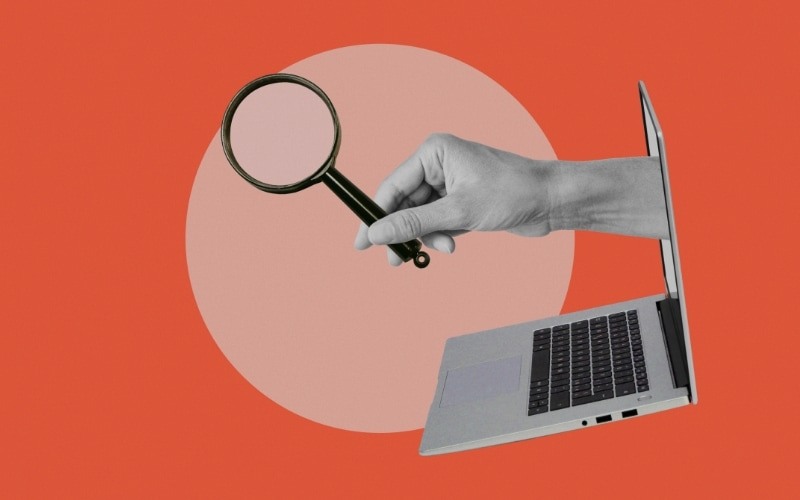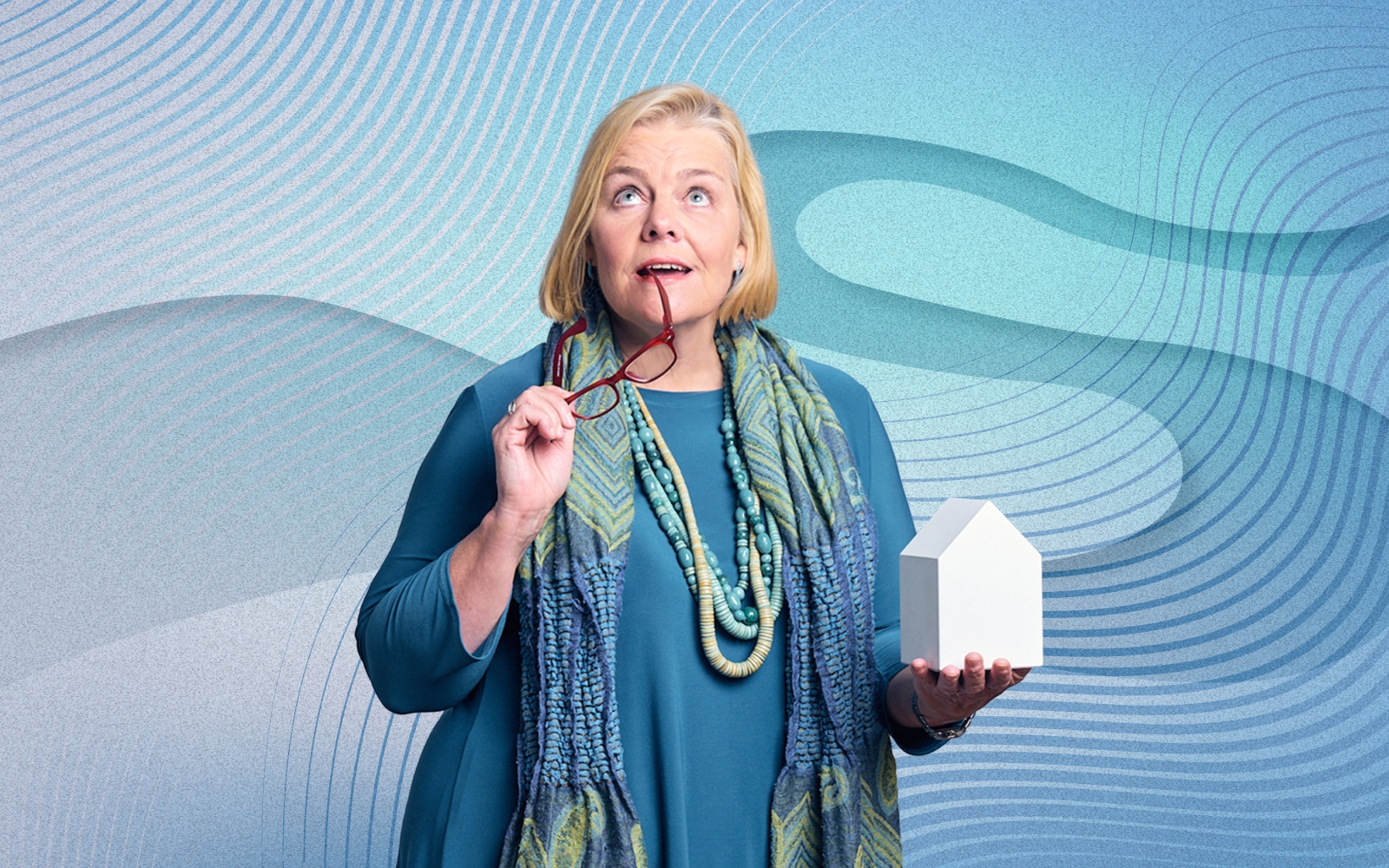Industry Trends
In this month's digital huddle, we will share an inspirational digital billboard, a beacon technology product and Apple's newest iOS for the car.
Digital Billboards
A few months ago, British Airways developed an outdoor display that would "point" to planes flying overhead in real time. In the spirit of displays that interacted with the surroundings in a non-typical fashion, we learned about a billboard for the hair product "Apotek" The digital display is equipped with sonic sensors that determine when a subway train arrives. Upon arrival of a train, a video would play demonstrating a model with free flowing hair as if the subway was blowing it. By simulating the air created by the trains, the advertising conveys the core benefit of this product--that it can enrich your hair and make it soft and free flowing.
Take a look:
Subtle, but smart.
Beacons
Beacons are the latest technology that picks up where near field communications (NFC) left off. NFC technology is a radio transmission based protocol that allows devices to communicate with each other. NFC requires a chip installed in a smartphone in order to complete a handshake with another NFC device. iPhones, for example, do not currently support NFC. Wireless transactions and interactions though a protocol other than WiFi or cellular data has been a dream that marketers and retailers have been waiting for.
Beacons use a different technology called Bluetooth Smart, or low energy technology. Low energy Bluetooth is a wireless system that leverages the protocols of Bluetooth, but without the energy drain on the battery (specifications for the geeky.) Most newer devices (mobile, tablet, laptops, and desktops) currently support this protocol. Here is an overview of devices that support low energy Bluetooth.
One of the first players to offer a beacon platform is a company called Estimote, which has created the Estimote Beacon, sometimes called a "mote." This product offers the ability to add beacon stations throughout an installation that engages with the users that opt in with the technology. The user will need to download an app that supports the Estimote Beacon protocol to enable this connection. When a user is within proximity of the beacon, their device will interact with the beacons.
This has great potential for use in retail stores. Since the user has signed up for the service, you can begin to customize the user's experience in the store. This could involve recommending a matching shirt with a previous pants purchase, offering sales discounts or letting the user know that an item is currently out of stock and offer to place the order online. In addition, it could also become part of the check out process by handling transactions immediately, effectively eliminating the need to wait in line.
Apple is currently trying to brand beacons as iBeacons, so we will wait to see how this shakes out with consumers.
CarPlay
Apple CarPlay is Apple's next generation operating system for select cars coming out in 2014. This technology, though not groundbreaking, is a smart integration of the car and the phone. Other systems exist--an example is Microsoft Sync--but this is the first system to truly tap into a device's operating system.
As a current iPhone user, I have struggled with my car's outdated navigation and USB interface. This is a welcome change that I am looking forward to adopting when it comes time to purchase a new vehicle.
The operating system is fulling integrated with the car. You will be able to interact with the operating system using voice commands (Siri voice control), on-screen touch and dashboard buttons. Leveraging your data plan and Apple Maps, you will now have access to an up-to-date navigation system with turn-by-turn directions. Rounding out the operating system is the ability to leverage core features of your phone. You can make calls, send and be read messages and play music from your phone's iTunes library. This will free the driver from having to glance down at their phone, helping them to pay closer attention to the road ahead of them.





